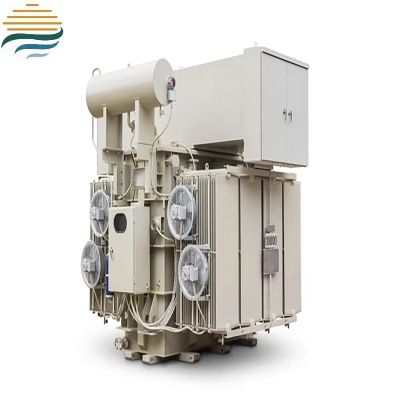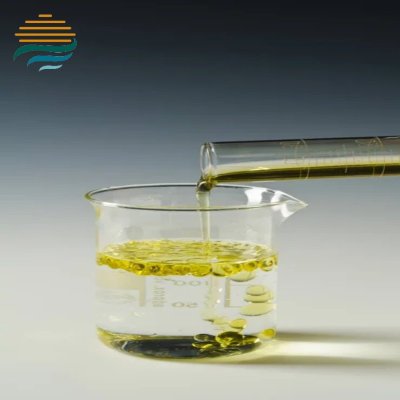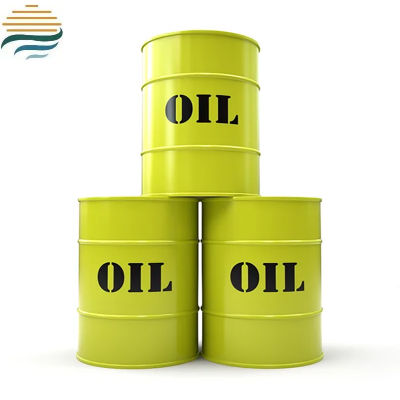Liquid-Immersed Transformers Market size to record USD 10.74 billion growth from 2023-2027, Increasing popularity of bio-based and naphthenic transformer oil is one of the key market trends
The global liquid-immersed transformers market size is estimated to grow by USD 10.74 billion from 2023 to 2027, according to Technavio. The market is estimated to grow at a CAGR of over 5.86% during the forecast period. Liquid-immersed transformers, utilizing mineral oil as an electric insulating medium and arc-quenching agent, are integral to high voltage transmission systems. In the power sector, they serve industries, commercial entities, and residential areas, with applications in on-grid installations. AI technology enhances their efficiency, reducing operational costs, and minimizing diagnostic errors. Renewable energy sources, such as solar, wind, hydroelectric, and geothermal, drive the market's growth, with increasing demands in urban areas. Transformer types include power, dry-type, pad-mounted, and liquid-immersed, with varying power capacities, operational lifecycles, and costs.
Innovation Sparks Market Growth:
Liquid-immersed transformers play a crucial role in the power transmission industry, particularly in high voltage applications. These transformers facilitate step-up and step-down of voltages in electrical grids, reducing transmission losses and ensuring reliable power delivery. The use of mineral oil as an electric insulating and arc-quenching medium in these transformers enhances their operational temperature range, enabling them to handle surges and increased demands from renewable energy sources like solar, wind, hydroelectric, and geothermal. In urban areas, where kWh demands are high, liquid-immersed transformers are widely used in on-grid installations for residential, commercial, and industrial applications. Their long operating lifecycles, annual maintenance time, and costs, including outages and fire hazards, make them economically viable. Alternative insulating media, such as natural and synthetic esters and silicone oils, are also used in power transformers to improve efficiency and safety. Power capacities of liquid-immersed transformers range from a few kilowatts to several hundred megawatts, catering to various industries and power generation ends. The windings of these transformers are made of materials like cellulose and oxygen-free copper, ensuring optimal performance and durability.
Addressing Challenges:
In the realm of power systems, the global energy landscape is undergoing a significant shift towards sustainable energy solutions due to finite resources and energy security concerns. Transformer management plays a crucial role in this transition, with eco-friendly solutions and smart grid technologies gaining prominence. However, aging infrastructure and operational stress pose challenges to the power sector. Transformer technologies, including pad-mounted and three-phase segments, are essential components in power distribution, transmission, and generation. Industrial segment investments in power infrastructure development are key to meeting power demands in power-intensive operations. Power sectors face power challenges such as power efficiency, reliability, and power supply. Power solutions, portfolios, and initiatives prioritize power needs and power advantages, aiming for power dominance and power economy. Electrical energy from power generating sources is delivered to the user end through power networks and power supply systems, ensuring power status and power economy.
Analyst Review:
In the IoT era, the Energy management sector, encompassing the Commercial, Service, Residential, and Industrial sectors, is increasingly adopting advanced power generating sources such as Solar power for sustainable operations. Liquid-Immersed Transformers (LITs), a crucial component in the electrical energy transmission and distribution network, play a pivotal role in this transition. These transformers, used in both step-up and step-down applications, ensure efficient voltage transformation for industrial processes, including dry transformers in the Oil and Gas industry. LITs' long life span, despite the need for regular maintenance, offsets their economic costs. Transmission and distribution systems, with their inherent transmission losses, necessitate the use of transformers to minimize voltage fluctuations. Climate change and the shift away from Fossil fuels further underscore the importance of energy-efficient transformers like LITs in mitigating Greenhouse gas emissions.







